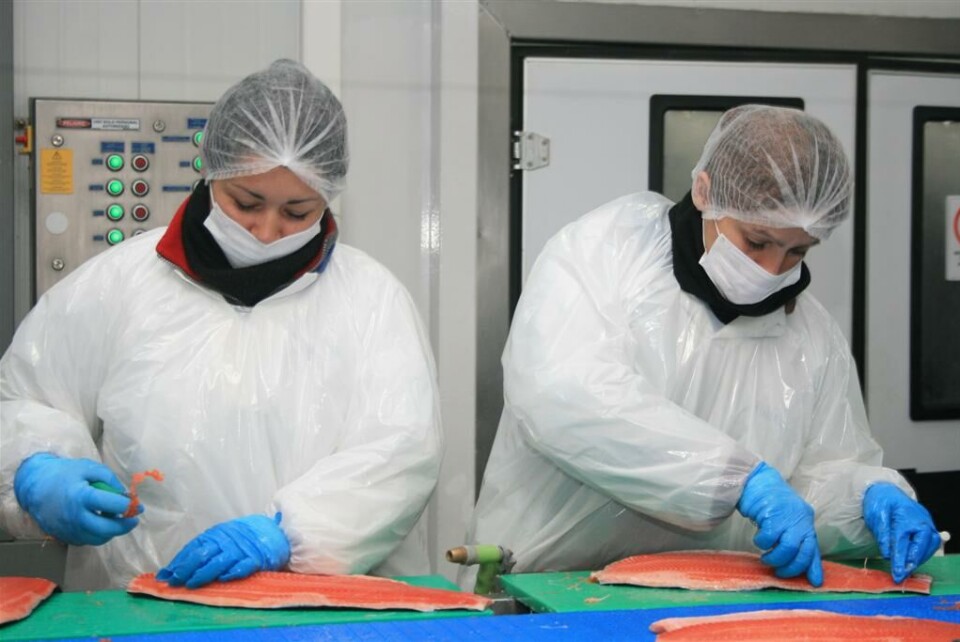
Production to be reduced by up to 15%
According to El Mercurio, the first problem faced by salmon farmers was the Russian ban on imports of agricultural products from some Western countries, which included salmon from Norway.
While this was initially seen as an opportunity for Chilean growers to make some gains in Russia, it also meant that Norway was forced to look for new markets for about 120,000 tonnes of salmon per year and they have been succesful in expanding into the US thanks in part to a more favorable exchange rate.
Norwegian salmon was sold at US$ 8 per kg some time ago, while today it is traded at around US$ 6 per kg, due to depreciation of the krone.
"The Chilean peso has depreciated less than the Norwegian krone, that is why we have lost competitiveness," said the general manager of Camanchaca, Ricardo Garcia.
Cuts in production Some companies, such as Marine Harvest, have already decided to take concrete actions to mitigate this effect, announcing the restructuring of its business in Chile amid weak prices, in order to contain their losses until the main export markets recover.
The president of the Association of the Chilean Salmon Industry (SalmonChile), Felipe Sandoval, said that while it is difficult to project what will happen to production in the coming years, because it depends on decisions of each company, a change from what was expected might happen. He explains that there are problems in the exchange rate of target markets, such as Russia and Brazil.
"There are companies that may be reconsidering -for a cash or financial problem, to either decrease or not increase their production if they were thinking about growin," said Gerardo Balbontín, general manager of Blumar. The executive said his company has not changed its production plans since late 2013, when they established a production target of about 33,000 tonnes.





















































